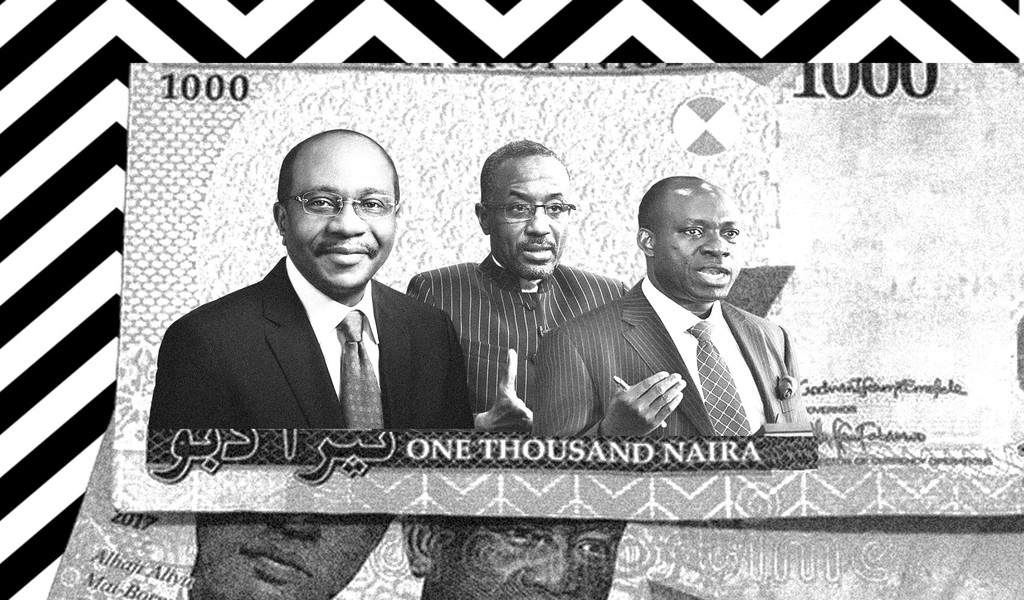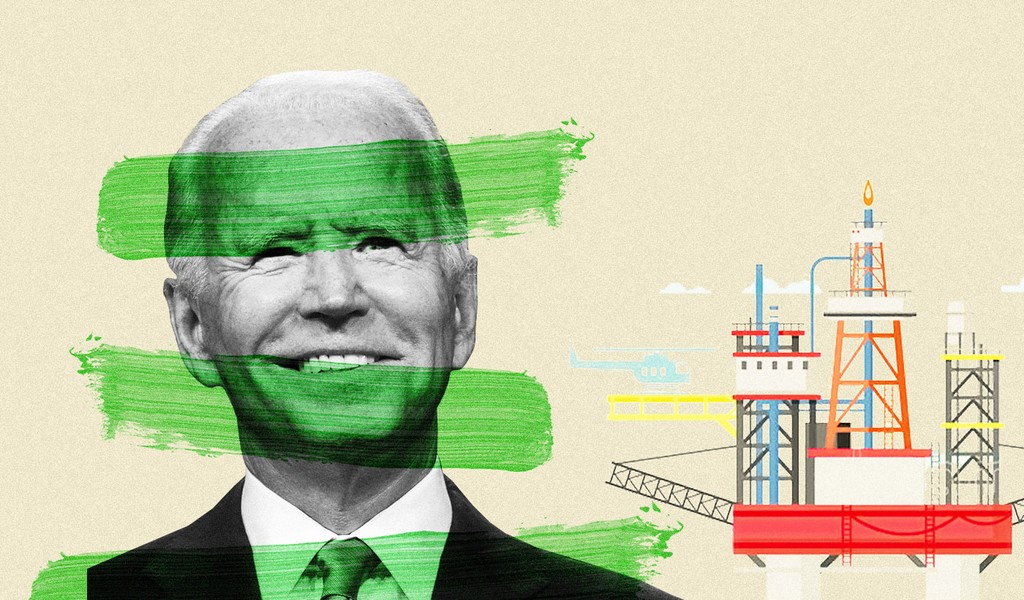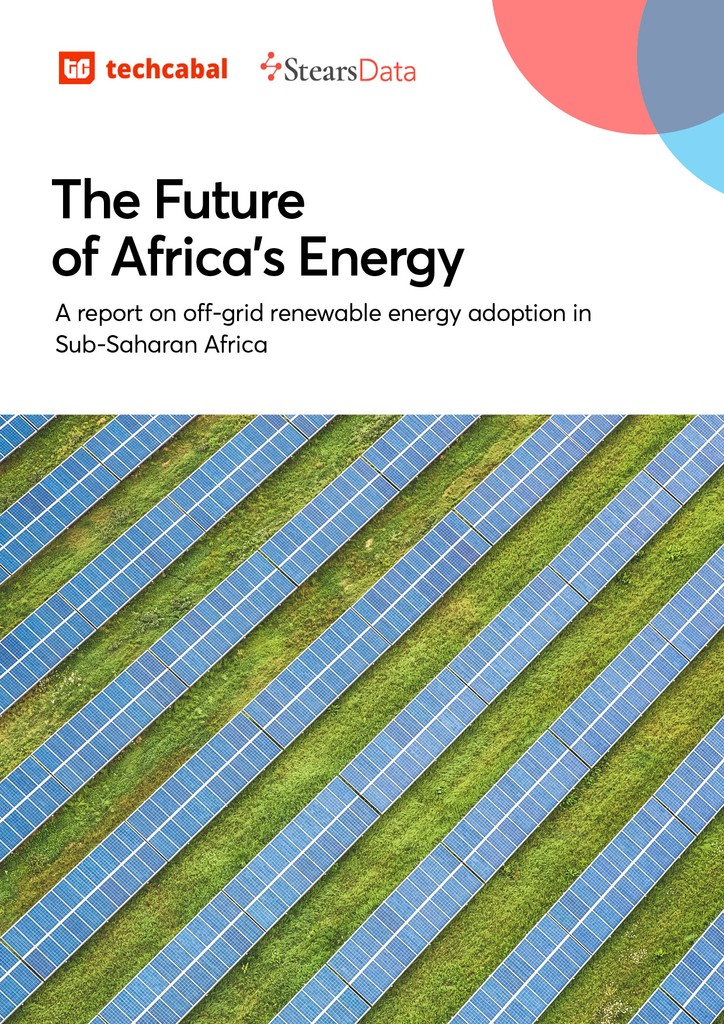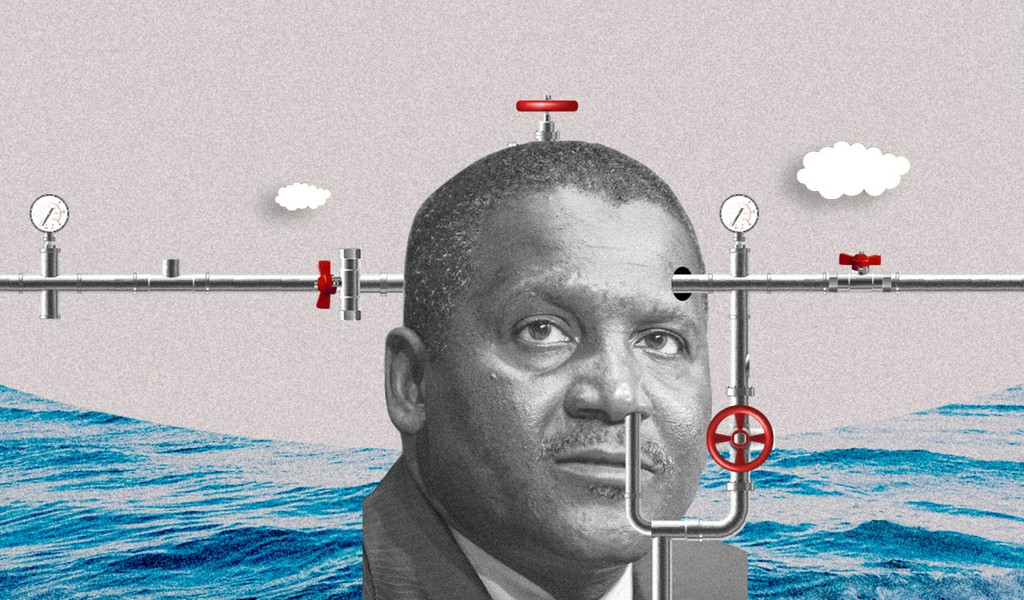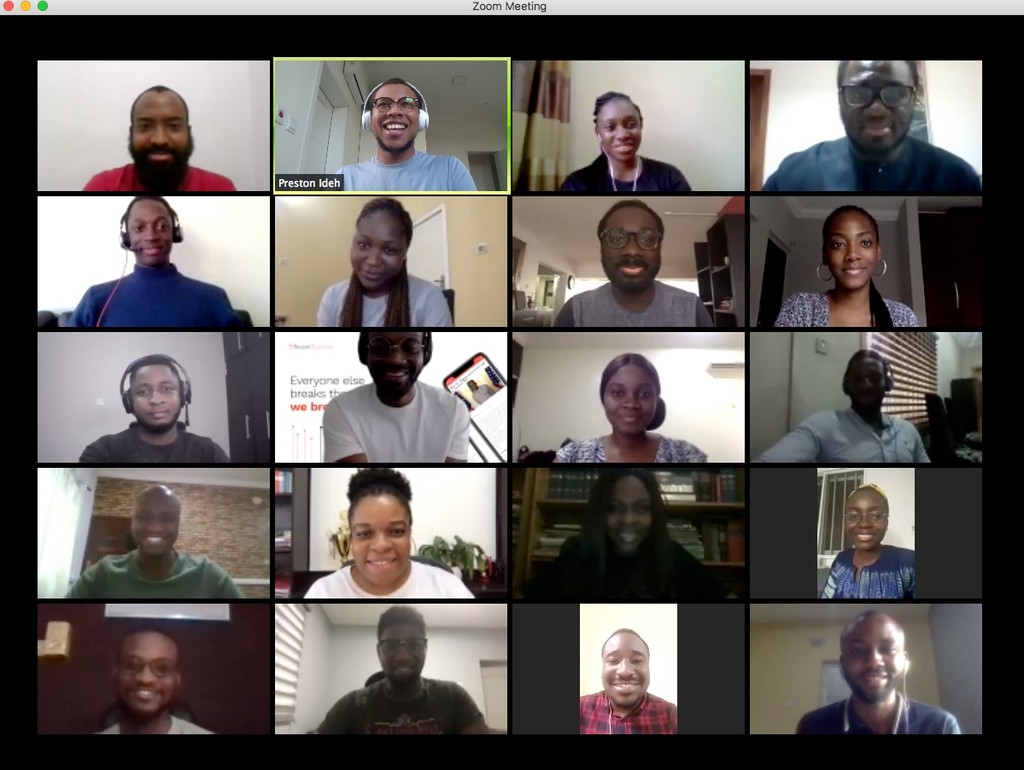Career and Life Lessons from 2 Years as a UX Researcher
11 March 2022
14 Mins Read
DearDesigner
Steering the wheels of African Business; Exploring the Stears Design Process
What do you do at Stears, and why?
Foluso: Stears is a digital information & data company with a very simple mission of making it easy for people from around the world to find valuable information on Africa.
Our Stears Business division provides long-form insight pieces on a daily basis to our individual and corporate subscribers. Our Stears Data division provides data collection, data access, consulting, and advisory services to multinationals, government agencies, and major Nigerian institutions.
Our design team allows us to do this by creating visuals and graphics. Victor pretty much runs this
What’s the structure of the team?
Victor: There’s the Stears Business team and there’s the Stears Data team. Right here in this meeting, you have a composition of both because the design team works across the board. Most people tend to interact with our media arm, Stears Business, to improve their understanding of Nigeria’s economy. Yvette is the product manager for Stears Business.
There’s also the editorial team with whom Yvette collaborates closely to refine products and product users. Another dimension of Stears Business is the visual communications and marketing parts where you put out designs to promote the product.
What the design team does for the advisory department is to build reports and we put our marketing visuals on these reports and work closely with the data product team.
How does the design team collaborate with the other teams?
Victor: I would like to mention that one of the things that I love here is the level of mutual respect we have for each other. Anybody is approachable. The leadership team has an open-door policy which means everyone is always available for a chat regardless of their position. We also have a clear work structure which makes our general workflow smoother.
The product manager is essentially your point of contact. While you can speak to anyone about the work you are doing, for the sake of efficiency and transparency the product manager usually leads the decision-making process. If you want to put out marketing designs or product-related designs, you interact with the product manager first.
Oh. Was that the same approach applied to your creative communications style, on social media for example?
Victor: Regarding communications, we have a brand book which was developed in-house last year. The brand book guides us on how we should or shouldn’t use some elements. This makes our communication work easy. Other times, the product manager and the growth editors provide insight and what I do is modify these ideas into what is acceptable and unacceptable according to our brand book. We have been able to create something unique for ourselves that is not necessarily a copycat of someone else’s. We have also been able to refine the way we push our designs and how often we do it. That’s pretty much what inspires our creative style.
From my university days, before I do any design, I tend to research to see what other samples are out there. That way, I know that this is what I should be designing. What inspires my style is research. My style is not static, it is always evolving. I might use a particular style this month, and the next month while researching, I might come across another style that I like and I just have to modify it to fit the Stears brand. Research is also very important to our style.
Do you have that creative freedom to personally change the style of the brand?
Victor: For illustrations for articles, despite having creative freedom, I know that I’m accountable to some people. So, if we can meet and have a mutual understanding of how these changes affect the direction we have been using and the direction we are going to use, then that works for me. In as much as I have creative freedom, I must carry people along.
Regarding product design work, we have a style guide. I wouldn’t call it a design system because we’re not there yet, but we have a style guide that guides our product design work. This style is used across the board; Stears Business and Stears Data. If I’m changing that, I have to run it by some people, especially the engineering team to ensure that we’re in sync, and to ensure the benefits and the consequences of this change.
Adesola: In terms of creativity, Victor brings words alive. The editors work closely with the analysts to create articles that are really deep, engaging pieces. So, what we basically do is give Victor a direction on what the story is about. Most times, it is a one-line sentence of what we want to see and how we want to interpret the story in terms of pictures.
So, when it comes to creative freedom, Victor has almost 100% capacity to do that. All we do is provide that direction based on the understanding we have from the articles that analysts have written.
Judging from when you started Stears Business and what you have now, would you say the design has improved the visibility of the business so far?
Foluso: Yes, things have definitely changed. When we hired Victor, that changed dramatically. Before Victor, there wasn’t a designer on the team. There was a key member of a team with a good design eye. He handled anything that had to do with creation and art. He was in charge of the pictures and he would source them from anywhere, and typically, they were not abstract. Usually a picture of the person that’s mentioned in the article or something related.
Looking at the first set of illustrations that came up since Victor joined, up until now, I can see the evolution and I think there’s been a lot of change over the last two years.
Yvette: I remember the first illustration we did. It was a picture of Dangote in front of some purple background. The story did really well and we were thinking if it was because of the illustration or because of Dangote. We later found out it was definitely because of Dangote, but it was from that moment on that we decided to stay committed to doing illustrations for premium stories. Since Stears Business is a subscription-based media publication, to serve succeeding subscriptions, we have to create information worth paying for. That means everything you’re presenting to the users has to meet that standard.
How do you measure the impact of the new shift to illustrations as a company, using the illustration of Dangote as an example?
Yvette: It’s interesting I only became aware of the impact it had when I became a product manager. Looking at recordings of users, scrolling through the articles, you always see the sort of look-backs at the illustrations. Just scrolling through our media recordings is a point of measurement on its own.
For product design, what’s the process like within the team?
Victor: One unique thing is that the product manager understands the job of a product designer, which is to focus on translating and implementing flows and stories. The product managers go ahead and do the research work and translate the feedback from the research into flows. Most times, we do that together, and once we translate the feedback from the research data to flows, I take the flows and implement them.
We collaborate every step of the way, the collaboration is so beautiful.
To answer your question, I won’t say we have a specific process, but we keep refining because different challenges would need different approaches to solve them.
How do you curate data needed for your research?
Hannah: Finding data about Nigeria is a common challenge for Stears and our customers. There are some great data resources out there, but they are often hard to find and use. The newsroom team is dependent on a lot of government data sources, like data from the National Bureau of Statistics and the Central Bank of Nigeria. They’re constantly on the lookout for useful information that’s often buried in reports and difficult to access. In some cases, the data simply doesn’t exist or isn’t published online.
With our new product, Stears Data, we are working to solve that problem by making it easier for people to find the data that they need. We do this through aggregating and synthesizing existing data, as well as creating brand new proprietary datasets that help fill critical data gaps. . Stears Data is a platform where analysts and researchers can easily search and find the datasets they need. Stears Data is used internally by our newsroom and the consultants on our advisory team
Is it right to say that since Stears has information that is not readily available to other people, Stears Data provides actionable insights for companies to use?
Hannah: Yes, that’s correct, although Stears Data provides more than actionable insight. We also provide raw data that enables researchers to conduct their own analyses. We just launched Stears Data earlier this year, so we’re still conducting user research to determine the roadmap for the product and what new data to include. We’re talking to a lot of prospective customers about what types of data are a high priority for them that they struggle to find. We’re working to create data that meets those needs and also come up with creative solutions for finding existing data. Sometimes, we do this by creating partnerships with other organizations that have rich data sources and are willing to contribute data to the Stears Data platform.
What role will design play in the future of Stears?
Foluso: I will give you the theoretical and the practical view. On the theoretical view, the design sits right in between the product and engineering. So, design reaches into the product and enables us to see very clearly how we can serve our customers with an amazing user experience. This is on our products, digital products, the reports that we make, any kind of mobile graphics design or product that we issue. Also, design reaches into engineering and enables us to move faster and better by standardizing our processes.
Victor has been so kind as to create things that I didn’t know we needed as soon as he joined, like the brand book, the design kits, and UI kits that we are going to be developing going forward. It will lead to engineering tools like component libraries that Stears will be able to use across all of our products and seamlessly, engineers will be able to integrate these components into all the things that we built without having to work too hard to figure out what needs to be done. It is also going to democratize design a bit because once we have all the components that we’re using across all platforms, it will be very easy to make things without even asking Victor and then show him afterward to say “Hey, I constructed this out of your tools.”
The biggest game that I see is a practical one, which allows us to save time. I’ll give you an example. Apart from all of the work that’s been done on illustrations, Victor is working constantly on product design. During the launch of the Stears Data platform, we created an interactive prototype on one of these design apps. With this, we were able to test an idea at the minimum viable interaction level. Victor has been able to put together these interactive prototypes that have allowed us to get information quickly, and then react to that information by taking a step forward on decisions in engineering.
Hannah: On the Stears Data side, once we know what type of data people rely on most and exactly how they use it, then we can further optimize the UI/UX to improve how they access, use, and analyze data. We’re also interested in adding more creative design to how the data is shared and presented. That way, it’ll stick out in people’s minds and have the kind of brand identity that Stears Business does.
Adesola: Just to piggyback on what Hannah said, Stears Business is pretty keen on capturing audiences and keeping them aware, our designs and illustrations have been helpful. And as Yvette mentioned earlier, the subscription model is one where we want to give the full package. So it’s not just about providing the insights and information we have, the design and illustrations play a very prominent role in attracting audiences too.
What are the key things you are on the lookout for when expanding the team?
Foluso: While hiring at Stears, we assess technical ability, but then also we try to hire someone that is relatively happy to work on themselves, and that’s not a bad thing. Nobody’s perfect. We’ve only hired one designer so far. I made the hire and I think going forward, we will continue to approach hiring with a sense of “we want people that are open to learning new things. Not people who just want to collaborate with the entire team, but also are ruthless in their pursuit of technical prowess.” So, that’s two key things.
Finally, what’s the working culture of the team, and how do you bond beyond work?
Victor: We bond a lot. Another thing that helps our bonding is mutual respect. There is no case of Mr. Bode or Mr. Preston; we call each other by name. I used to tell people that I’m one of the full-time campaign managers for Stears because I have worked with different startups, and I’m not saying this because my team is here. I have worked with different startups and I can tell you that the bureaucracy and the toxicity of the environment can be pretty annoying.
So, I’m saying this openly. Sometimes the kind of people you work with will determine if you’re going to be there in the long run or the short run. Sometimes, the level of exposure that the people you work with matters in how they interact with you and how they relate with you. I was telling someone recently that I hear that startups provide you with pension and insurance. I hear it but I haven’t seen it being practiced, but Stears proved that it can be practiced. So, stuff like that is basically what goes beyond bonding and makes you understand that it’s a team that cares for its team.
Stears Business is constantly providing “in-depth insight on Nigeria you won’t find anywhere else.”. Want to find out more about what the team is up to? Check them out here
Other Posts
So You Are a Senior Designer?
Design Nudge: An Approach to Creating Human-Centered Designs.

